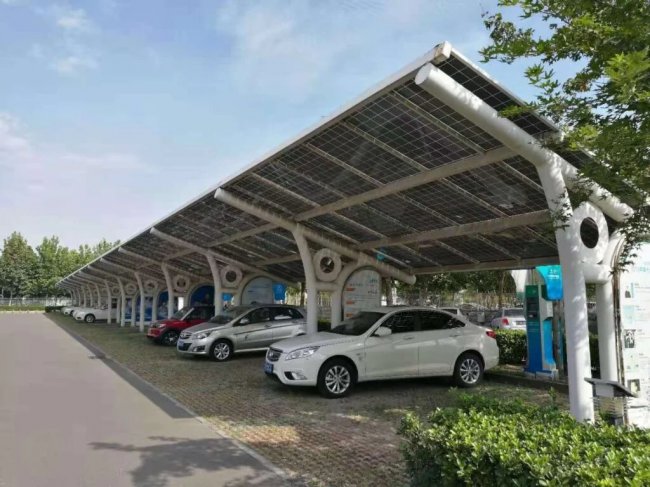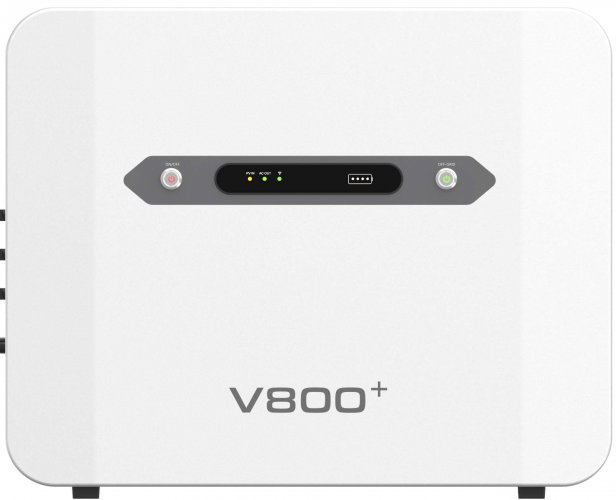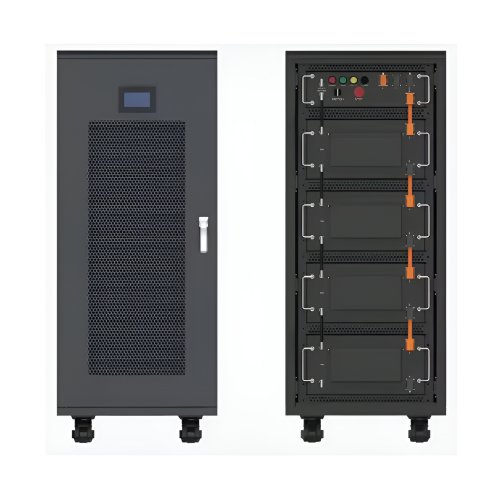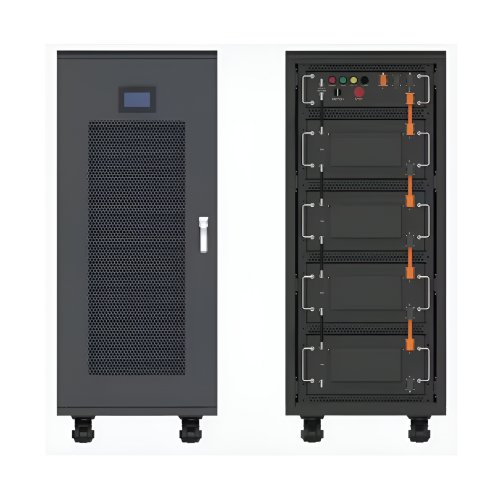Advances In Sustainability: Integrating Circular Economy Principles With Technological Innovation For A Resilient Future
The global pursuit of sustainability has evolved from a peripheral concern to a central tenet of scientific and technological development. This paradigm shift is driven by the urgent need to decouple economic growth from environmental degradation and resource depletion. Recent research has moved beyond siloed solutions, focusing instead on systemic integration, where breakthroughs in materials science, energy systems, and digitalization converge to create a more resilient and circular global economy. This article synthesizes key advancements, highlighting the interdisciplinary nature of modern sustainability science.
1. Revolutionary Materials and the Circular Economy
A critical frontier is the development of advanced materials designed for circularity. The traditional linear model of 'take-make-dispose' is being challenged by innovations in biodegradable polymers, self-healing materials, and advanced recycling techniques. Notably, research into enzymatic recycling of plastics has seen remarkable progress. Scientists have engineered novel enzymes, such as PETases and MHETases, capable of depolymerizing polyethylene terephthalate (PET) back to its pure monomers, which can then be repolymerized into virgin-quality plastic. This closed-loop process, as detailed in a recentNaturepublication, offers a promising path to addressing plastic pollution without downcycling (Bell et al., 2022).
Furthermore, the field of mycelium-based materials is transitioning from lab-scale curiosity to commercial reality. These biomaterials, derived from fungal networks, are being used to create packaging, textiles, and even construction materials that are fully compostable at the end of their life, effectively turning waste into nutrient-rich soil. This embodies the cradle-to-cradle design principle, moving beyond mere efficiency to complete restorative cycles.
2. Decarbonization and the Energy Transition
The energy sector remains the focal point of decarbonization efforts. While the efficiency and adoption rates of solar photovoltaics (PV) and wind power continue to break records, the critical challenge of intermittency is being addressed through parallel innovations in energy storage. Next-generation battery technologies are crucial. Solid-state batteries, with their potential for higher energy density, improved safety, and longer lifespans, are nearing commercialization. Research is also intensifying on alternative chemistries beyond lithium-ion, such as sodium-ion and zinc-air batteries, which utilize more abundant and less geopolitically sensitive materials, enhancing the sustainability of the storage solution itself (Tarascon, 2023).
Beyond electricity, the decarbonization of hard-to-abate sectors like heavy industry and shipping is leveraging advancements in green hydrogen. Electrolyzer technology, which uses renewable electricity to split water into hydrogen and oxygen, is achieving unprecedented efficiencies and scaling rapidly. The synthesis of green hydrogen with captured carbon dioxide to produce electrofuels (e-fuels) presents a pathway to sustainable aviation and marine fuel, creating a carbon-neutral cycle.
3. The Digital Enabler: AI and IoT for Systemic Efficiency
Technology is not just a source of solutions but also a powerful enabler of systemic efficiency. The integration of Artificial Intelligence (AI) and the Internet of Things (IoT) is creating "smart" and highly optimized systems. In precision agriculture, IoT sensors monitor soil moisture, nutrient levels, and crop health in real-time, while AI algorithms process this data to direct automated irrigation and fertilization systems. This minimizes water and chemical input, reduces runoff, and maximizes yield, directly contributing to several Sustainable Development Goals (SDGs).
In urban environments, AI is being deployed to optimize complex systems. Smart grids balance electricity supply and demand, integrating diverse renewable sources and managing EV charging loads to prevent overload. AI-powered traffic management systems in smart cities can reduce congestion, lowering urban transportation emissions significantly. These digital tools provide the data-driven intelligence necessary to manage resources with unprecedented precision, moving from guesswork to predictive and preventative management of our environmental footprint.
4. Future Outlook and Interdisciplinary Challenges
The future of sustainability research lies in deeper integration and addressing nascent challenges. Key areas of focus will include:Carbon Dioxide Removal (CDR): As emissions reductions alone may be insufficient, technologies like Direct Air Capture (DAC) and enhanced weathering must be scaled responsibly. Research must focus on improving their energy efficiency and reducing costs while rigorously assessing their full life-cycle environmental impact.Social Sustainability and Just Transition: Technological solutions must be developed with equity in mind. Research is increasingly focusing on ensuring that the benefits of the green transition are distributed fairly and do not exacerbate existing social inequalities. This includes studying community-owned renewable projects and developing policies that protect vulnerable workers in transitioning industries.Biodiversity-Informed Design: Future advancements must explicitly account for their impact on ecosystems. This involves designing renewable energy installations to minimize impacts on wildlife and developing agricultural practices that actively enhance, rather than just conserve, biodiversity.
In conclusion, the advance of sustainability is no longer a linear path of individual inventions but a complex, interconnected web of progress. The synergy between circular materials, decarbonized energy, and digital intelligence is forging a new paradigm for human development. The challenge and opportunity for the scientific community are to continue this integrative work, ensuring that these technological breakthroughs are deployed swiftly, equitably, and in harmony with the natural systems upon which we all depend.
References:Bell, E. L., Smith, K. H., & et al. (2022).Engineering a plastic-eating enzyme for closed-loop recycling. Nature, 604(7907), 662-667.Tarascon, J. M. (2023).The quest for sustainable battery technologies: Beyond lithium-ion. Nature Energy, 8(1), 12-15.
Customized/OEM/ODM Service
HomSolar Supports Lifepo4 battery pack customization/OEM/ODM service, welcome to contact us and tell us your needs.


HomSolar: Your One-stop LiFePO4 Battery Pack & ESS Solution Manufacturer
Our line of LiFePO4 (LFP) batteries offer a solution to demanding applications that require a lighter weight, longer life, and higher capacity battery. Features include advanced battery management systems (BMS), Bluetooth® communication and active intelligent monitoring.

Customised Lithium Iron Phosphate Battery Casing
ABS plastic housing, aluminium housing, stainless steel housing and iron housing are available, and can also be designed and customised according to your needs.

HomSolar Smart BMS
Intelligent Battery Management System for HomSolar Energy Storage System. Bluetooth, temperature sensor, LCD display, CAN interface, UART interface also available.


Terminals & Plugs Can Be Customized
A wide range of terminals and plugs can be customised to suit the application needs of your battery products.

Well-designed Solutions for Energy Storage Systems
We will design the perfect energy storage system solution according to your needs, so that you can easily solve the specific industry applications of battery products.



About Our Battery Cells
Our energy storage system products use brand new grade A LiFePO4 cells with a battery lifespan of more than 4,000 charge/discharge cycles.



Applications in Different Industries
We supply customized & OEM battery pack, assemble cells with wiring, fuse and plastic cover, all the cell wires connected to PCB plug or built BMS.
Applications: E-bike, Electric Scooter, Golf Carts, RV, Electric Wheelchair, Electric Tools, Robot Cleaner, Robot Sweeper, Solar Energy Storage System, Emergency Light, Solar Power Light, Medical Equipment, UPS Backup Power Supply.
We can provide you with customized services. We have the ability to provide a vertical supply chain, from single cells to pack/module and to a complete power solution with BMS, etc.


HomSolar (Shenzhen) Technology Co., Ltd
























